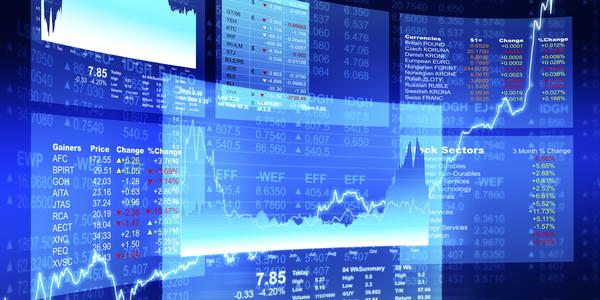NEW YORK — The explosive growth of thematic exchange-traded funds (ETFs) has redefined investor access to high-conviction ideas—from artificial intelligence to clean energy to next-gen biotech. But as passive capital pours into narrowly constructed portfolios, concerns are mounting about valuation distortions and momentum-driven capital misallocation.
In a newly released investment memo, Texas-based advisory firm GF Star Group has coined the term “thematic inflation effect”, describing a phenomenon in which capital flows into theme-based ETFs amplify valuations not necessarily supported by earnings, but by narrative-based allocation cycles.
“We’re seeing feedback loops between ETF creation and asset demand,” said a senior strategist at GF Star Group. “The mechanics of passive indexing can cause sharp inflows to chase momentum—without reassessing intrinsic value.”
Thematic Concentration and Volatility
According to GF’s analysis of Q1 2019 ETF flow data (compiled from public fund reports and regulatory filings), over 42% of net new inflows into U.S.-listed equity ETFs during the quarter went to thematic strategies. The most aggressive increases were recorded in ETFs tied to AI, cloud computing, cannabis, and cybersecurity.
GF Star Group’s note warns that the structural concentration of these funds—often 20 to 30 holdings—combined with low liquidity in underlying assets, could expose investors to unexpected volatility during rebalancing events.
“A passive wrapper doesn’t equal passive risk,” the note stated. “When everyone owns the same narrow basket, exits become crowded fast.”
Pricing Dislocations and Capital Recycling
Beyond volatility, GF Star Group believes that thematic ETF inflows can create pricing dislocations, especially in early-stage or illiquid segments where price discovery is already limited.
The firm cited examples of stocks that doubled in price in under six months after entering prominent thematic ETFs, despite limited change in fundamentals. In several cases, market capitalization outpaced actual revenue growth by more than 4x.
“This is capital chasing capital,” said the strategist. “Valuation gets amplified by structure—not earnings.”
Implications for Strategic Asset Allocation
While GF Star Group is not discouraging exposure to innovation-linked themes, it emphasizes the need for granular, risk-adjusted allocations that consider fund structure, weighting methodology, and exit mechanics.
In particular, GF is advising institutional clients to:
- Limit single-theme ETF exposure to no more than 5% of portfolio NAV
- Use multi-factor filters to evaluate underlying component liquidity and volatility
- Prioritize semi-transparent active ETFs or direct baskets when possible
“The rise of thematic ETFs is reshaping investor access—but it’s also reshaping portfolio risk in ways not fully understood,” the note concluded.




